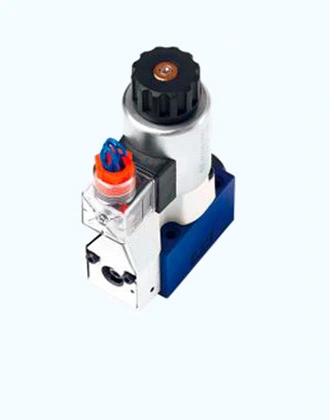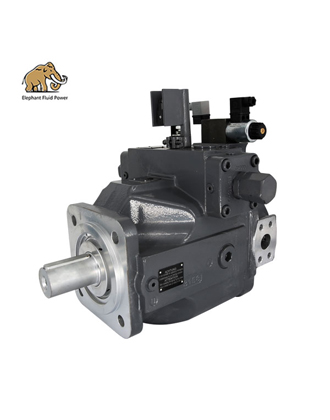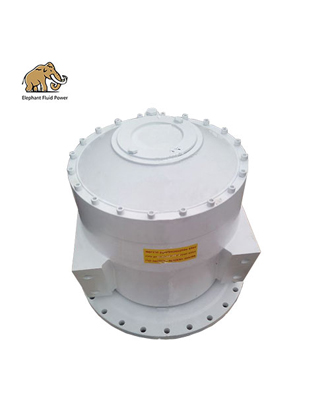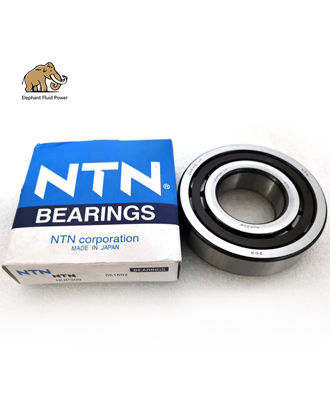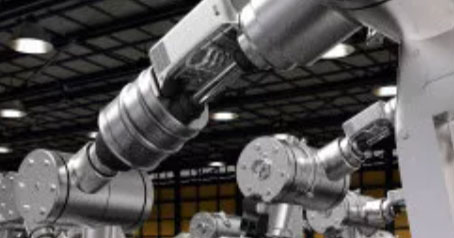Piston pumps are sturdy and simple devices. These pumps consist of a chamber, a piston, and several control devices. They work by reducing the medium in the manual pump by flowing into the chamber. When the air pressure exceeds the pressure that opens the valve spring, the reduced medium can be transported through the open outlet valve. When the piston is pulled back, it releases the inlet valve and closes the outlet valve, allowing suction to be used to compress additional medium.
Learn about piston pumps
Piston pumps can be defined as positive displacement pumps. These pumps use a piston, diaphragm, or plunger to move liquids. These pumps use check valves as input and output valves. A typical piston pump is a rotary pump that uses a wheel or rotating shaft to operate the piston. The rotating part can be connected to the shaft from the center, and the shaft can be connected to the piston. When the rotating part twists, it causes the shaft and piston to move down to pull it back.
Piston pumps are used to power heavy and small machines, just like hydraulic pumps. The applications of piston pumps mainly include conveying paints, pastries, chocolates, etc. The size of these pipelines has increased for industrial use. All types of piston pumps in radial and axial forms are also used for advanced industrial applications, many of which are arranged in circular cylinders. These piston pumps are divided into different types, namely lifting pumps, forcing pumps, axial pumps, and radial plungers pumps. Among these pumps, lifting and forcing pumps can be manually operated with the help of the engine.
How piston pumps work?
The working principle of piston pumps is similar to PD pumps because they work with the help of the pumping mechanism to increase the volume of the liquid. These pumps can use electrical power from the power supply. These pumps include one or more pistons with a set of control devices. Double-acting pumps include two pistons and two control devices. Similarly, three-cylinder pumps include three pistons and three control devices. It is crucial to check the control devices on both sides to ensure the flow direction of the fluid on both sides.
These piston pumps are single-acting or double-acting pumps. Double-acting pumps include two sets of control devices and liquid at both ends. This allows the pump to complete a pumping cycle by flowing in one direction to the other. When the piston moves forward in one direction, it exhausts from the other side. The pump requires a single-action version to flow in two directions to complete a cycle.
 French
French
 Portuguese
Portuguese
 Russian
Russian
 German
German
 Spanish
Spanish
 Japanese
Japanese
 Korean
Korean
 Irish
Irish
 Greek
Greek
 Turkish
Turkish
 Italian
Italian
 Danish
Danish
 Romanian
Romanian
 Indonesian
Indonesian
 Czech
Czech
 Afrikaans
Afrikaans
 Swedish
Swedish
 Polish
Polish
 Basque
Basque
 Catalan
Catalan
 Esperanto
Esperanto
 Hindi
Hindi
 Lao
Lao
 Albanian
Albanian
 Amharic
Amharic
 Armenian
Armenian
 Azerbaijani
Azerbaijani
 Belarusian
Belarusian
 Bengali
Bengali
 Bosnian
Bosnian
 Bulgarian
Bulgarian
 Cebuano
Cebuano
 Chichewa
Chichewa
 Corsican
Corsican
 Croatian
Croatian
 Dutch
Dutch
 Estonian
Estonian
 Filipino
Filipino
 Finnish
Finnish
 Frisian
Frisian
 Galician
Galician
 Georgian
Georgian
 Gujarati
Gujarati
 Haitian
Haitian
 Hausa
Hausa
 Hawaiian
Hawaiian
 Hebrew
Hebrew
 Hmong
Hmong
 Hungarian
Hungarian
 Icelandic
Icelandic
 Igbo
Igbo
 Javanese
Javanese
 Kannada
Kannada
 Kazakh
Kazakh
 Khmer
Khmer
 Kurdish
Kurdish
 Kyrgyz
Kyrgyz
 Latin
Latin
 Latvian
Latvian
 Lithuanian
Lithuanian
 Luxembourg
Luxembourg
 Macedoniar
Macedoniar
 Malagasy
Malagasy
 Malay
Malay
 Malayalam
Malayalam
 Maltese
Maltese
 Maori
Maori
 Marathi
Marathi
 Mongolian
Mongolian
 Burmese
Burmese
 Nepali
Nepali
 Norwegian
Norwegian
 Pashto
Pashto
 Persian
Persian
 Punjabi
Punjabi
 Serbian
Serbian
 Sesotho
Sesotho
 Sinhala
Sinhala
 Slovak
Slovak
 Slovenian
Slovenian
 Somali
Somali
 Samoan
Samoan
 Scots Gaelic
Scots Gaelic
 Shona
Shona
 Sindhi
Sindhi
 Sundanese
Sundanese
 Swahili
Swahili
 Tajik
Tajik
 Tamil
Tamil
 Telugu
Telugu
 Thai
Thai
 Ukrainian
Ukrainian
 Urdu
Urdu
 Uzbek
Uzbek
 Vietnamese
Vietnamese
 Welsh
Welsh
 Xhosa
Xhosa
 Yiddish
Yiddish
 Yoruba
Yoruba
 Zulu
Zulu

